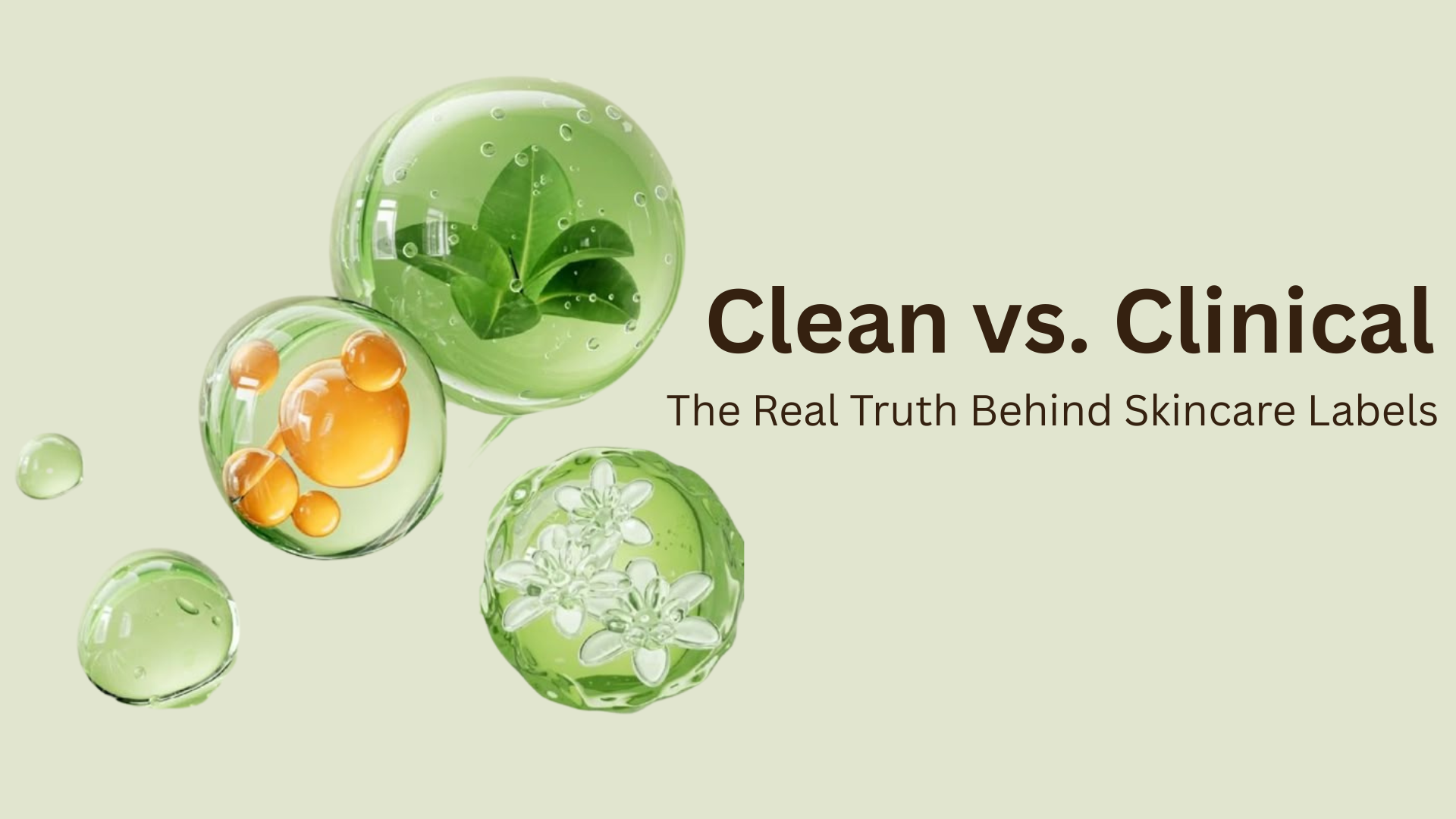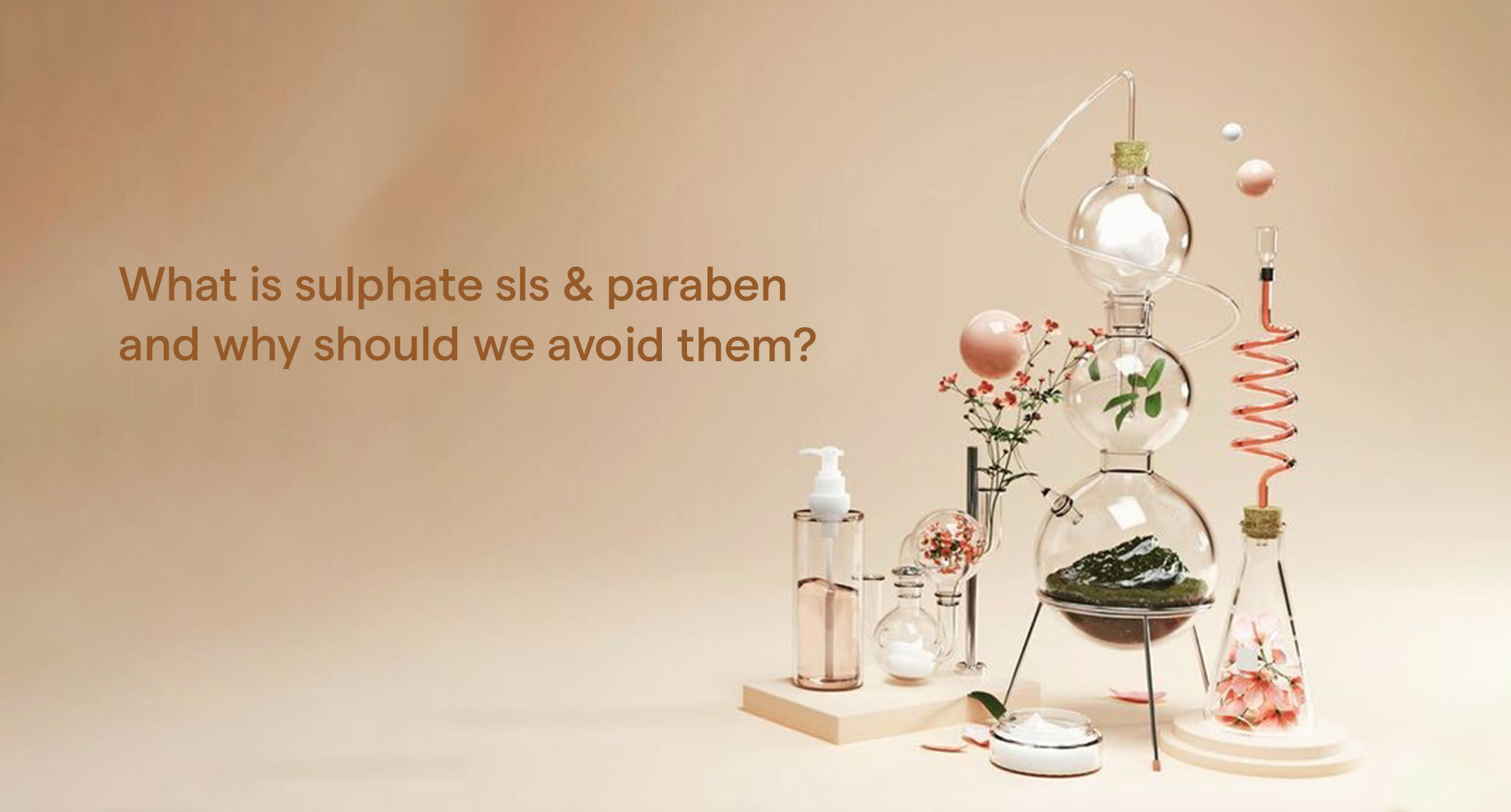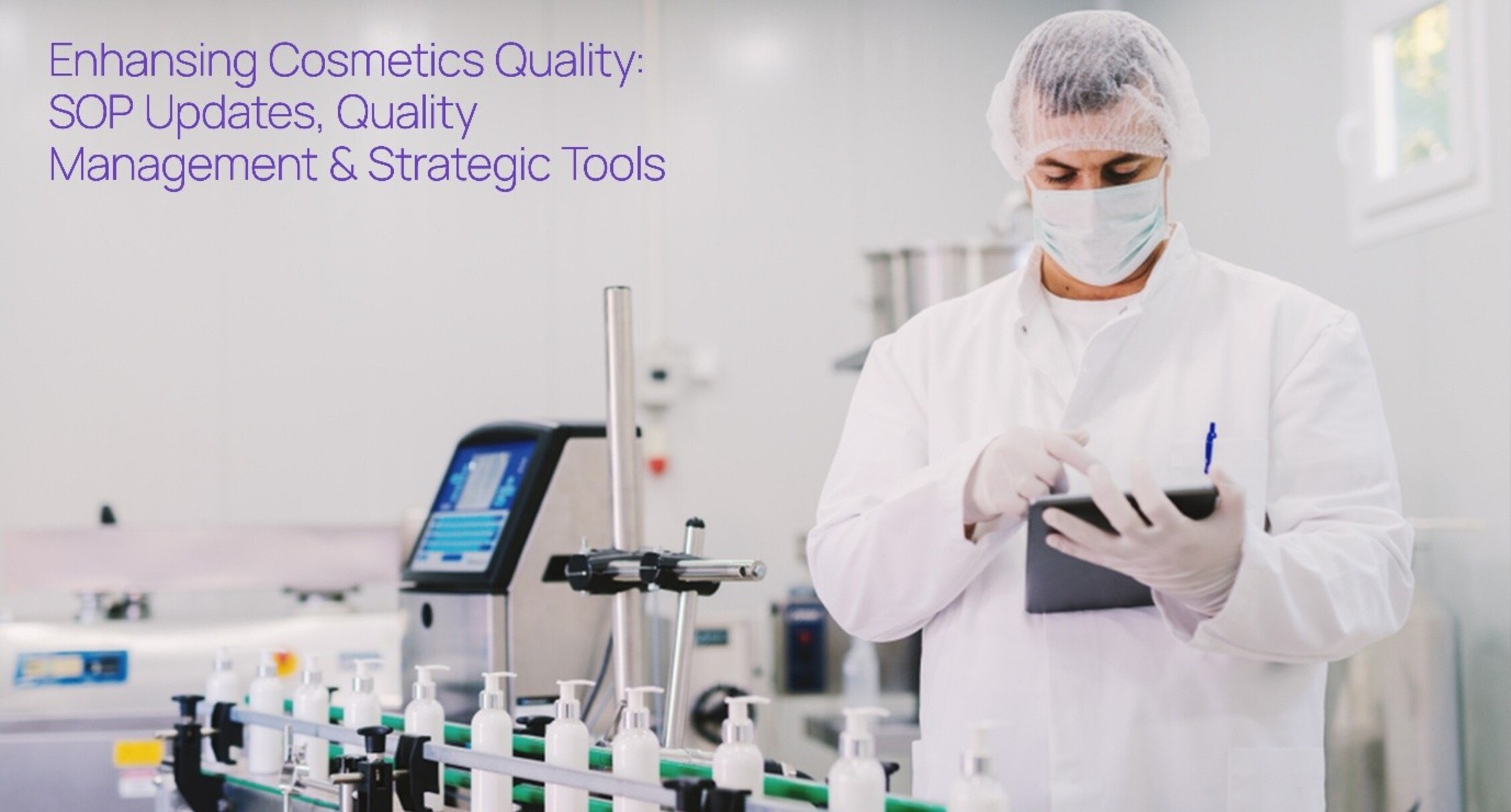In recent years, the skincare world has been buzzing about two major trends: The Clean Beauty Movement and Clinical Skincare. While both promise healthier, better skin, they are quite different in approach, meaning, and results. Here’s a simple breakdown to help you understand what sets them apart and why it matters for your skin.
What Is Clean Beauty?
Clean beauty is a popular term with no official definition or regulation. Brands use it to signal that their products avoid certain controversial ingredients and prioritize eco-friendly, sustainable practices. This often means products are free from parabens, sulfates, silicones, and other ingredients labeled as “harmful.”
Why People Love It:
- Focus on natural and sustainably sourced ingredients
- Often uses eco-friendly packaging and processes
- Appeals to those looking for gentle, “non-toxic” skincare
What to Watch Out For:
- No clear, universal definition or standards – any brand can claim to be clean
- Tends to focus more on what it leaves out rather than what it adds in
- Some “harmful” ingredient claims are based on myths or bad science (e.g., parabens, sulfates, silicones)
- May lack high concentrations of active ingredients needed for visible skin results
What Is Clinical Skincare?
Clinical skincare refers to products developed with scientifically validated, potent ingredients, often formulated under dermatological supervision. These products usually have higher concentrations of actives like retinoids, AHAs/BHAs, peptides, and antioxidants designed to work at a cellular level for real, visible improvements.
What Makes It Stand Out:
- Formulated with proven, potent ingredients targeting specific skin concerns
- Supported by clinical trials and dermatological expertise
- Personalized approaches based on individual skin types and needs
- Focuses on long-term skin health, repair, and prevention
Potential Considerations:
- Can sometimes be more expensive due to advanced formulations
- Potent ingredients may cause irritation if not used properly
- Some people prefer to avoid certain actives due to sensitivity or personal preference
Busting Clean Beauty Myths
- Parabens: No scientific proof links them to cancer; they are safe and effective preservatives.
- Sulfates: Safe in the amounts used, primarily help with foaming.
- Silicones: Do not clog pores or block skin from “breathing”; they help lock in moisture.
Why It Matters: Results Over Labels
At the end of the day, skincare should be judged by its ability to deliver visible, positive results, not just marketing buzzwords. Whether clean or clinical, products need the right ingredients at effective concentrations tailored to your unique skin
- Clean beauty appeals to those wanting natural ingredients and sustainability
- Clinical skincare suits people seeking scientifically backed, targeted treatments
Conclusion
Clean beauty is a great option for eco-conscious consumers wanting gentle skincare without certain controversial ingredients. However, its lack of regulation and focus on exclusion can limit effectiveness. Clinical skincare, on the other hand, offers powerful, tested solutions for specific concerns but may not emphasize “natural” or sustainability.
Choosing the right path depends on your priorities: if you want visible, science-backed results, clinical skincare is often the better bet. But if ingredient origin and eco-friendliness matter more, clean beauty might be your preference.
Written & Edited By: Zymist Priyal Shah



-p-500.jpeg)




